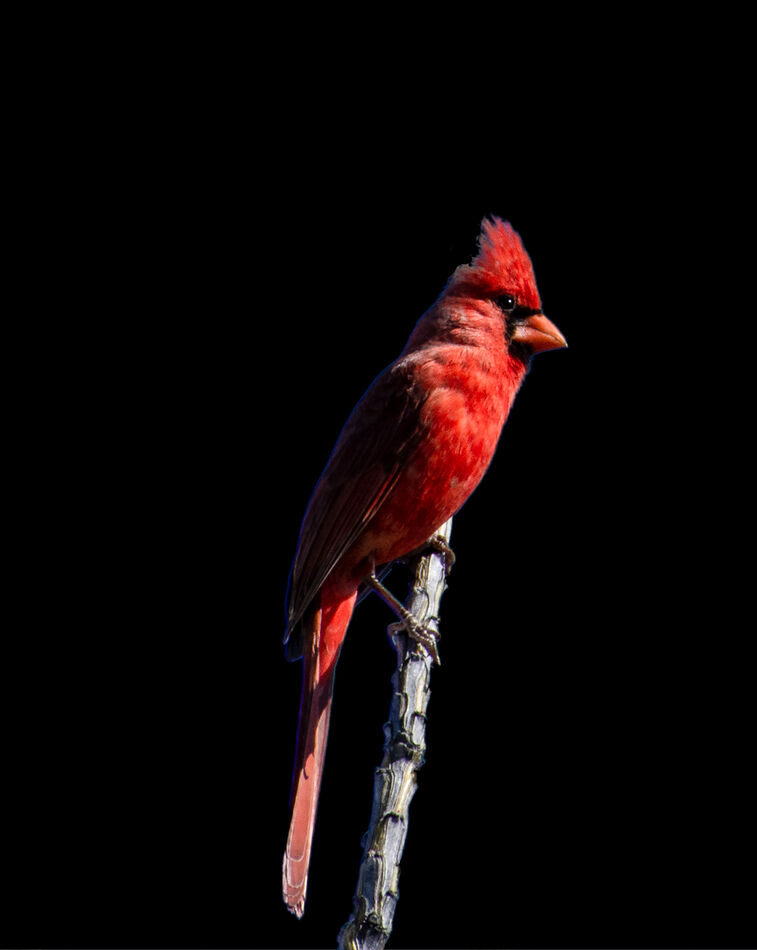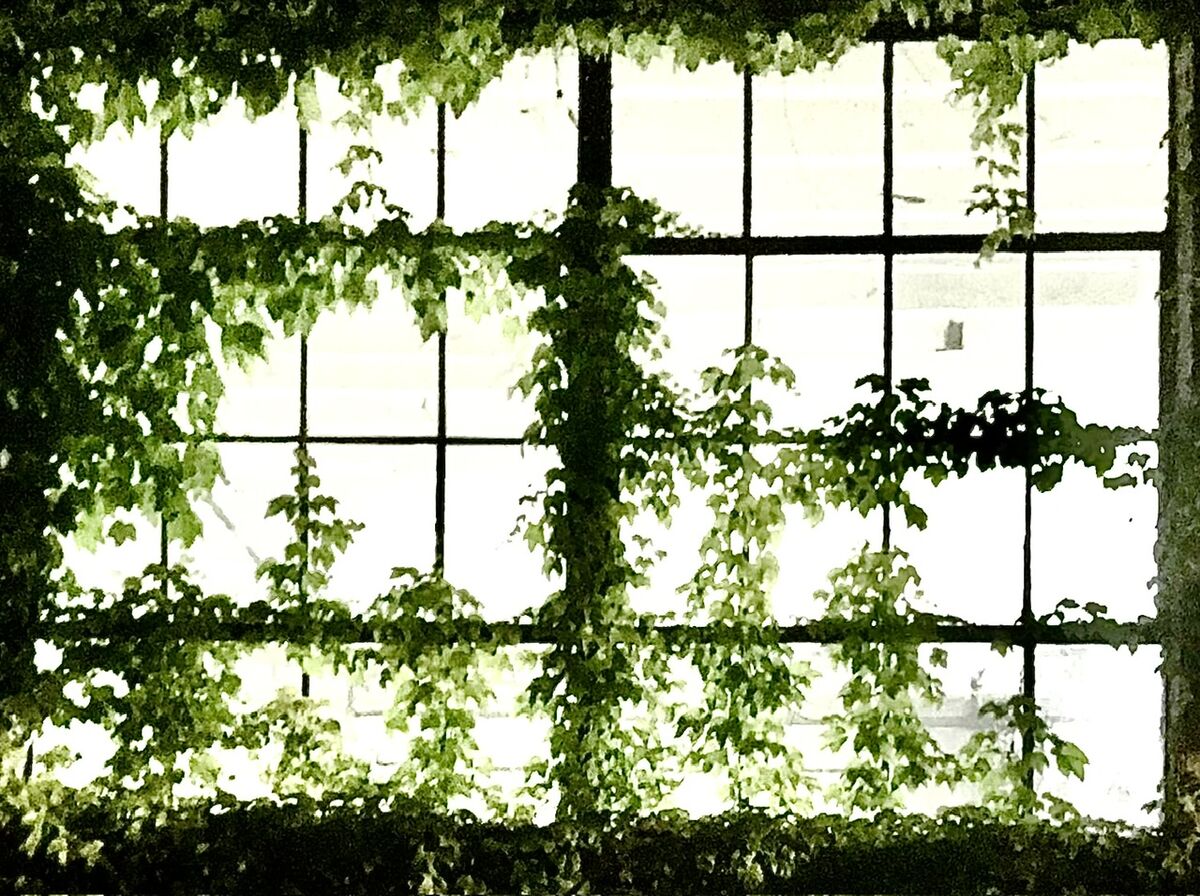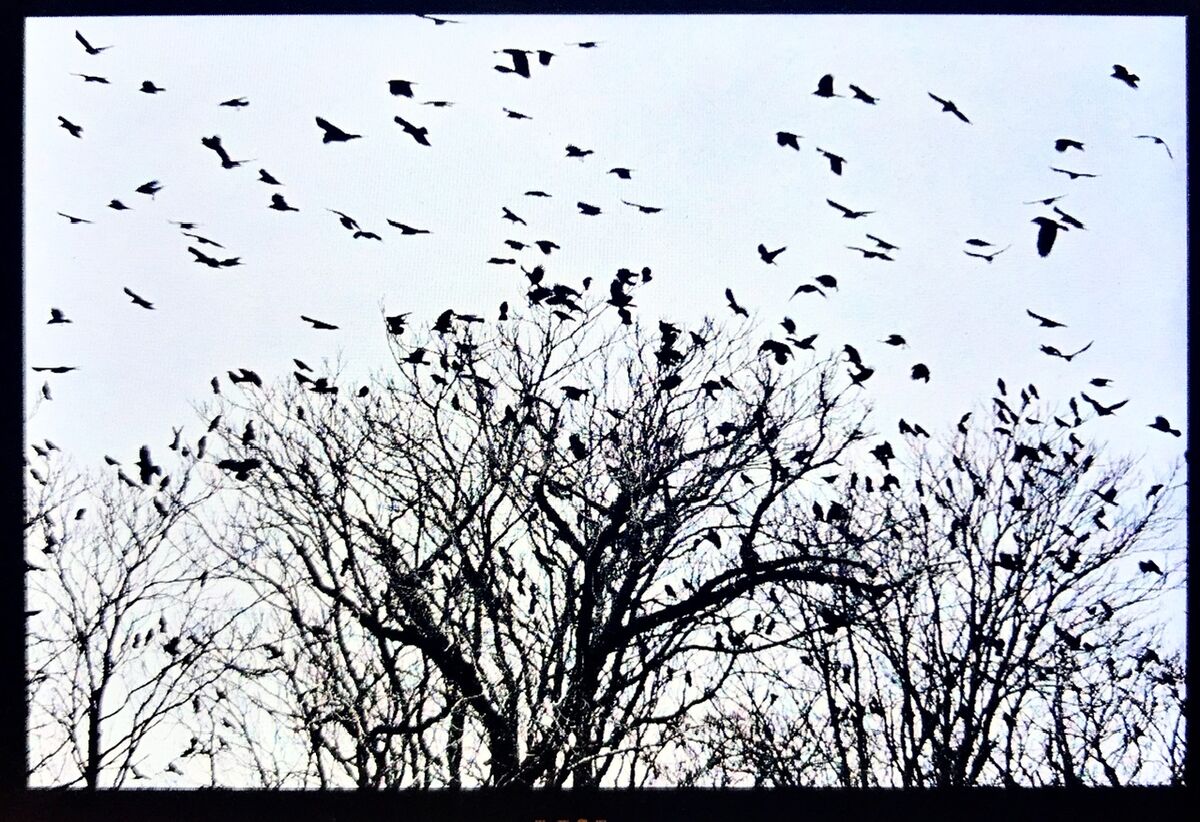Question: Wabi Sabi
Jan 20, 2024 19:18:26 #
With regard to photography, what exactly is Wabi Sabi ? Is it a single image with a lot of negative space ? Is a Saki bottle on a black background Wabi Sabi or does it have to be on a white background ? It seems that a lot of us have been doing this kind of photography/post processing for a long time without ever giving it a name.
Jan 20, 2024 19:32:03 #
Here's a plethora of information:
https://en.wikipedia.org/wiki/Wabi-sabi
Definitely not something I'm going to concern myself about.
I may have shots that unknowingly exhibit it,
and that's as far as it goes with me.
https://en.wikipedia.org/wiki/Wabi-sabi
Definitely not something I'm going to concern myself about.
I may have shots that unknowingly exhibit it,
and that's as far as it goes with me.
Jan 20, 2024 19:47:11 #
Longshadow wrote:
Here's a plethora of information:
https://en.wikipedia.org/wiki/Wabi-sabi
Definitely not something I'm going to concern myself about.
I may have shots that unknowingly exhibit it,
and that's as far as it goes with me.
https://en.wikipedia.org/wiki/Wabi-sabi
Definitely not something I'm going to concern myself about.
I may have shots that unknowingly exhibit it,
and that's as far as it goes with me.
Concern? Me neither but sometimes labeling things can be fun. I wonder if this is Wabi Sabi?
Jan 20, 2024 19:54:53 #
Probably not wabi-sabi. You can check the wikipedia link from Longshadow. After some research, this is what I came up with in a class a couple of years ago:
The concept of wabi-sabi comes to us from Japan. Originally used in a religious context, wabi denoted the loneliness of living in nature, apart from society, and sabi meant “chill,” “lean” or “withered”. Over time, Japan was influenced by the zen buddhism that was imported from China between the 8th and 12th centuries, and wabi-sabi came to be connected to the Buddha's declaration that all things are imperfect, impermanent, and essentially interconnected, and that we must learn to embrace this imperfection, impermanence, incompleteness we experience as characteristic of the world and ourselves. As I understand it, the aesthetic of wabi-sabi seeks to display the beauty that is to be found in imperfection and impermanence, and thus to help us learn to embrace it and connect to it, so that eventually we can embrace the imperfection and impermanence of our own lives, and to see the connections that constitute it, and to see beauty there.
The concept of wabi-sabi comes to us from Japan. Originally used in a religious context, wabi denoted the loneliness of living in nature, apart from society, and sabi meant “chill,” “lean” or “withered”. Over time, Japan was influenced by the zen buddhism that was imported from China between the 8th and 12th centuries, and wabi-sabi came to be connected to the Buddha's declaration that all things are imperfect, impermanent, and essentially interconnected, and that we must learn to embrace this imperfection, impermanence, incompleteness we experience as characteristic of the world and ourselves. As I understand it, the aesthetic of wabi-sabi seeks to display the beauty that is to be found in imperfection and impermanence, and thus to help us learn to embrace it and connect to it, so that eventually we can embrace the imperfection and impermanence of our own lives, and to see the connections that constitute it, and to see beauty there.
Jan 20, 2024 20:09:14 #
Curmudgeon wrote:
Concern? Me neither but sometimes labeling things can be fun. I wonder if this is Wabi Sabi?
New bird, old weathered branch?
Maybe?......

Looks like a bird on a branch to me.

Jan 20, 2024 20:15:09 #
Jan 20, 2024 21:09:14 #
cbtsam wrote:
..................... br wabi-sabi came to be conn... (show quote)
Cool. So no more worrying about archival prints or backup files ! Buddha seidanken !
Jan 20, 2024 22:01:50 #
"Wabi-sabi is a Japanese philosophy that emphasizes the beauty of imperfection, impermanence, and simplicity 1. It is a worldview centered on the acceptance of transience and imperfection, and appreciating beauty that is “imperfect, impermanent, and incomplete” in nature 1. Wabi-sabi is prevalent in many forms of Japanese art and design 1. It reminds us that all things, including us and life itself, are impermanent, incomplete, and imperfect 2. Perfection, then, is impossible and impermanence is the only way 2. Here are some teachings of Wabi-Sabi that you can apply in your daily life 2:
Find beauty in imperfection: Instead of striving for perfection, embrace the beauty of imperfection.
Simplicity: Embrace simplicity and minimalism in your life.
Acceptance: Accept the natural cycle of life and the impermanence of all things.
Appreciation: Appreciate the beauty in everyday objects and moments".
The above is an excerpt from an encyclopedia. Seems like a nice philosophy that may apply to an approach to art and photography. Not something to make fun of. Y'all may learn something!
Find beauty in imperfection: Instead of striving for perfection, embrace the beauty of imperfection.
Simplicity: Embrace simplicity and minimalism in your life.
Acceptance: Accept the natural cycle of life and the impermanence of all things.
Appreciation: Appreciate the beauty in everyday objects and moments".
The above is an excerpt from an encyclopedia. Seems like a nice philosophy that may apply to an approach to art and photography. Not something to make fun of. Y'all may learn something!
Jan 20, 2024 23:53:10 #
Jan 21, 2024 00:26:15 #
Jan 21, 2024 01:10:26 #
cbtsam wrote:
Probably not wabi-sabi. You can check the wikiped... (show quote)
Thanks for responding. Zen was en vogue in the mid 60's to the mid 70s. A lot of us played around with the concepts. Most of us gave up on the idea because it didn't reflect the realities we saw in our world. Young people generally, my self included, didn't understand impermanence. Even for Buddha it took time to understand.
Leaving he philosophy aside, I still fail to see how Wabi Sabi relates to photography.
Jan 21, 2024 01:11:21 #
Longshadow wrote:
New bird, old weathered branch?
Maybe?......
Looks like a bird on a branch to me.
Maybe?......

Looks like a bird on a branch to me.

Me too, I still don't understand the concept
Jan 21, 2024 01:14:40 #
Longshadow wrote:
New bird, old weathered branch?
Maybe?......
Looks like a bird on a branch to me.
Maybe?......

Looks like a bird on a branch to me.


Jan 21, 2024 01:15:32 #
Jan 21, 2024 01:32:17 #
E.L.. Shapiro wrote:
"Wabi-sabi is a Japanese philosophy that emph... (show quote)
Sadly you misunderstand me. I am not making fun but trying to understand. Like many of my generation I dabbled in Buddhism in my youth but found it unsatisfactory in the world I was experiencing. Now I am being asked to accept the minimalist approach to photography as something called Wabi-sabi. Please explain the difference. Does it have something to do with the intend of the image rather than the reality of the image?
If you want to reply, then register here. Registration is free and your account is created instantly, so you can post right away.








